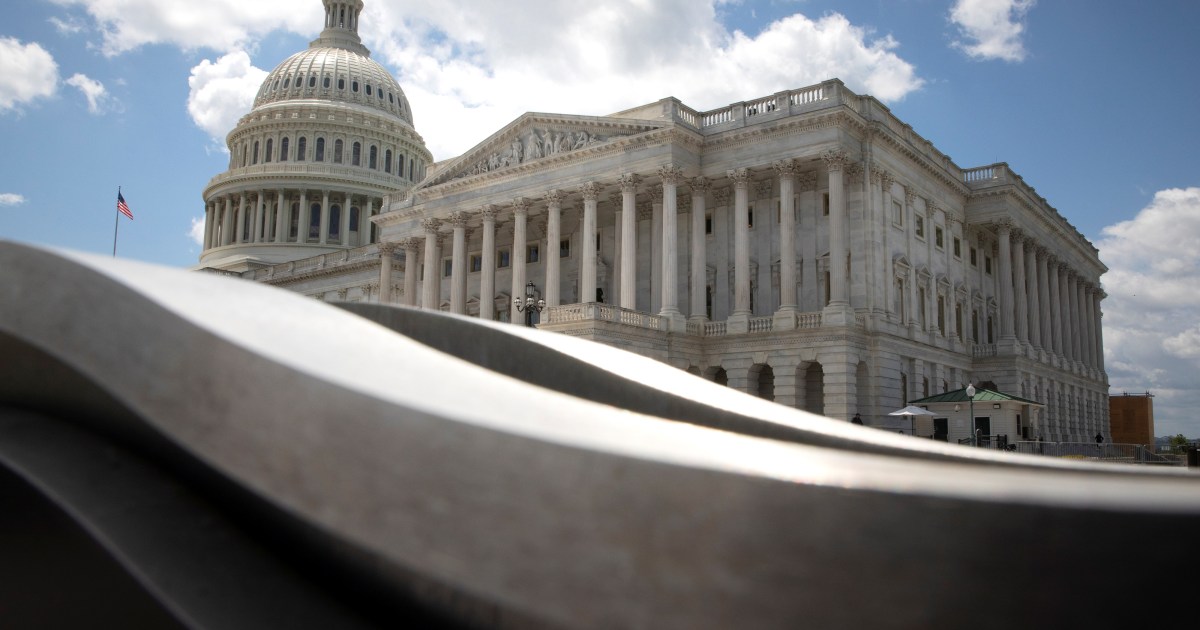OfTheCross
Veteran
By default the Democrats have an uphill climb. The deck his heavily stacked against them. Now...is there any question as to why the moderate wqing of the party is 100% necessary and working in good faith?

 www.brookings.edu
www.brookings.edu
That means that more than 39 million people in those 21 states have 42 votes in the Senate while the same number of people in California have just two. Since California votes Democratic by large margins, if those 44 senators were allotted on a per capita basis, they would overwhelmingly tilt Democratic by a margin of about three to one, or 33 to 11. But because each state gets two senators, and a majority of those 21 states vote Republican, the actual tally is 25 Republicans and 19 Democrats. That’s a swing of 28 seats. If you believe in one person one vote, the small state bias clearly puts Democrats at a significant disadvantage.
Just to break even in the Senate, Democrats need to win more of the national vote for Senate than the Republicans. With the even split in the current Senate, the 50 Democratic senators represent 56.5% of the voters, while the 50 Republican senators represent just 43.5% of the voters. In 2018, the Democrats won nearly 18 million more votes for Senate than the Republicans, but the Republicans still gained two seats.
Political data analyst David Shor projects that to have an even chance of holding on to the Senate this year, Democrats need to win the national vote for Senate by four points. If they win 51% of the national vote for Senate this year, they’ll likely lose a seat—and control of the Senate. And Shor’s model projects that in 2024 if the Democrats win that same 51% majority, they could lose seven seats.
The small state bias in the Senate carries over to the Electoral College since each state gets an Electoral College vote for each of its senators. So small states get proportionately more electors. As a result, political analyst Nate Silver estimates that a Democratic candidate must win the popular vote by at least three percentage points to have an even chance of winning in the electoral college.

The challenge to democracy—overcoming the small state bias
Democrats face the challenge of a small state bias.
That means that more than 39 million people in those 21 states have 42 votes in the Senate while the same number of people in California have just two. Since California votes Democratic by large margins, if those 44 senators were allotted on a per capita basis, they would overwhelmingly tilt Democratic by a margin of about three to one, or 33 to 11. But because each state gets two senators, and a majority of those 21 states vote Republican, the actual tally is 25 Republicans and 19 Democrats. That’s a swing of 28 seats. If you believe in one person one vote, the small state bias clearly puts Democrats at a significant disadvantage.
Just to break even in the Senate, Democrats need to win more of the national vote for Senate than the Republicans. With the even split in the current Senate, the 50 Democratic senators represent 56.5% of the voters, while the 50 Republican senators represent just 43.5% of the voters. In 2018, the Democrats won nearly 18 million more votes for Senate than the Republicans, but the Republicans still gained two seats.
Political data analyst David Shor projects that to have an even chance of holding on to the Senate this year, Democrats need to win the national vote for Senate by four points. If they win 51% of the national vote for Senate this year, they’ll likely lose a seat—and control of the Senate. And Shor’s model projects that in 2024 if the Democrats win that same 51% majority, they could lose seven seats.
The small state bias in the Senate carries over to the Electoral College since each state gets an Electoral College vote for each of its senators. So small states get proportionately more electors. As a result, political analyst Nate Silver estimates that a Democratic candidate must win the popular vote by at least three percentage points to have an even chance of winning in the electoral college.